The shipments of Andy Rubin’s Essential Phone were expected to begin at the end of the previous month. However, it’s arrival has been delayed. Since Essential Phone has recently received certifications from FCC and Wi-Fi Alliance, its arrival is close at hand. The 13-megapixel dual rear cameras of the Essential Phone are one of its best features apart from its modular capabilities for 360-degree video and full-screen design. Soon after the unveiling of the Essential Phone, the official camera samples that appeared noisy where released by Essential President Niccolo de Masi. The two photos shared by him on Twitter was deleted and replaced by a better panoramic video. The company has been working hard to improve the camera prowess of the Essential Phone. The company has now revealed how it developed the dual camera setup.
Ms. Yazhu Ling who is honored with MS in Color and Imagining along with PhD in Human Visual Perception is the person who is directing the camera department for Essential. The Essential Phone is equipped with a pair of 13-megapixel camera sensors that comprises of an RGB (color) senor and a monochrome sensor. Both the camera sensors work together to deliver composite shots.
According to Ling who has been working on the camera of the Essential Phone since October last year has said that when the Essential Phone is used to capture still images, both of its camera sensors are used simultaneously to crate a final image with rich and deep clarity. The dual camera of the Essential Phone is also capable of capturing impressive photos in low-light conditions. The following camera sample on the left is the raw unprocessed data shot using the color sensor and the one on the right is the processed image using Image Signal Processing (ISP).
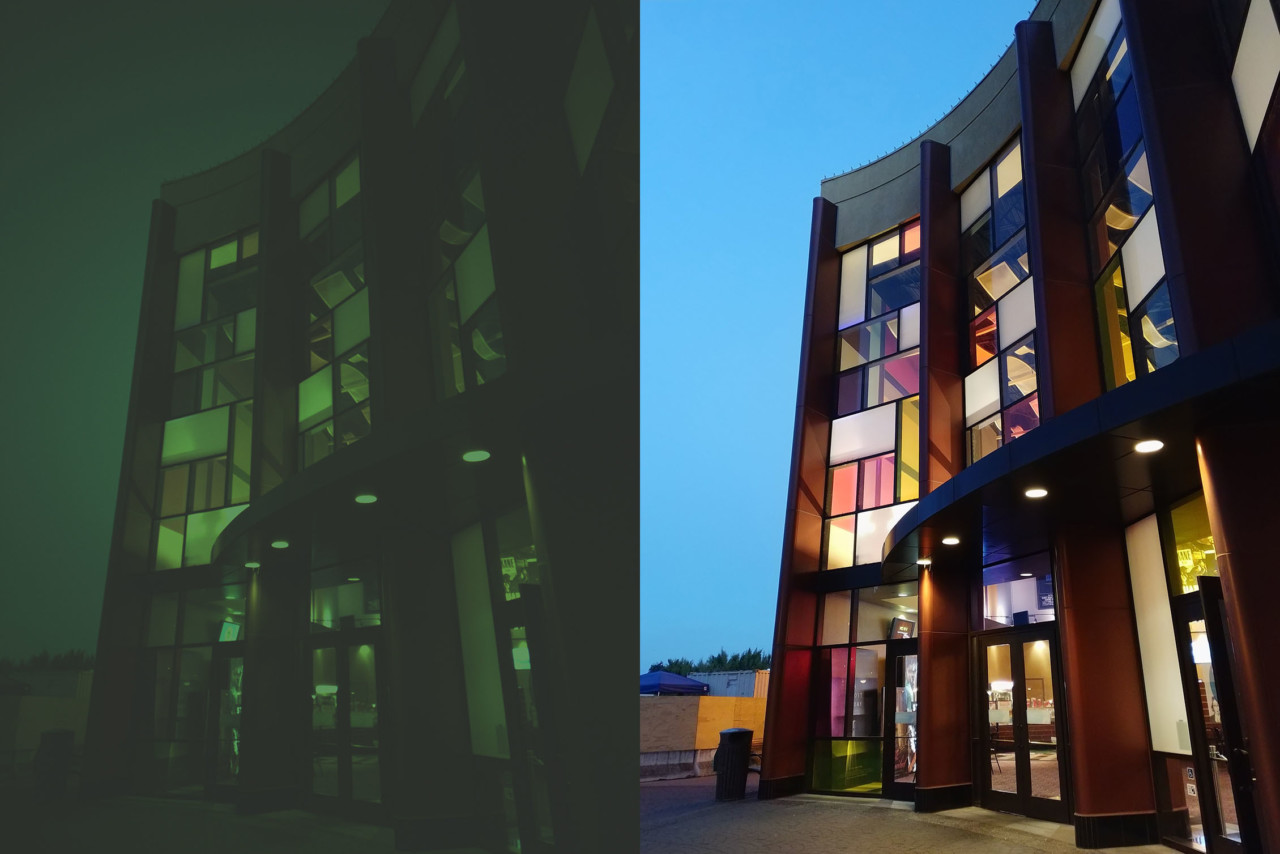
When the dual rear cameras are launched for taking a snap, the surrounding are first examined by the camera sensors to check the available light. Then, the ISP springs into action to input the required light by calculating parameters like white balance, exposure and things of that nature. This process is called objective image tuning which is all about shooting an adequate image.
However, the optimization of the images while shooting does not work perfectly all the time. Hence, many photographers prefer to capture RAW images that may appear dull but are very suitable for editing. Since people want their smartphones to shoot better looking images, Essential Phone employs subjective image tuning for photography. So, what is subjective image tuning? Ling says that, “The key to subjective tuning is capturing all types of pictures in the wild, identifying systematic image quality problems, and adjusting the ISP setting to address them. It is a painstaking, iterative process—but also one I find incredibly rewarding.”
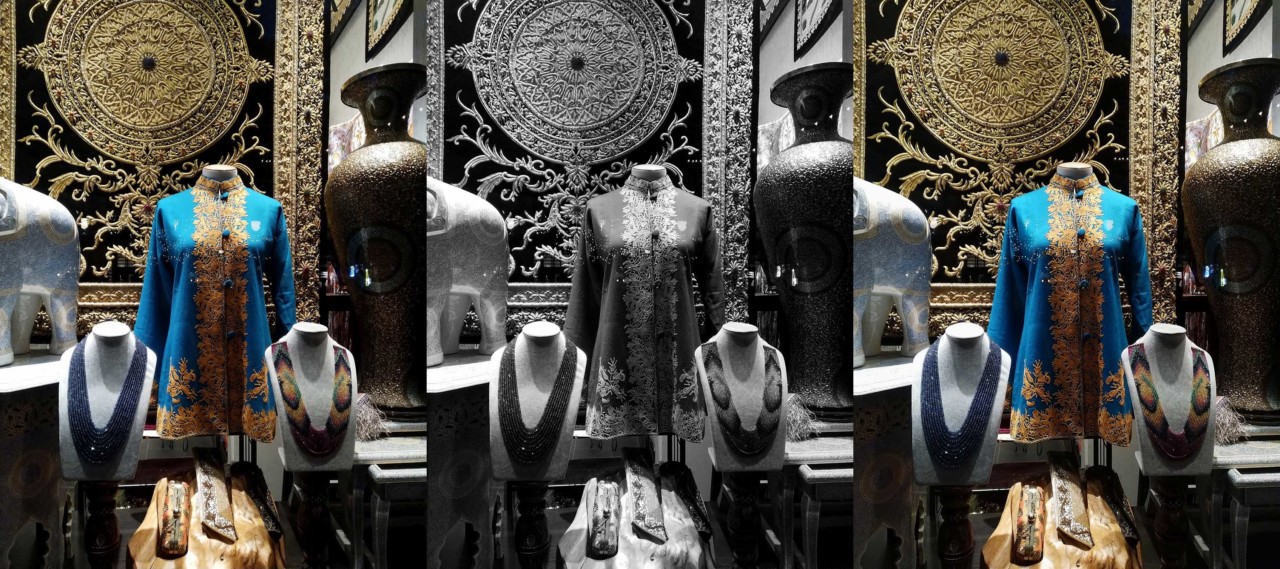
Ling and her team have been working hard to fine tune the subjective ISP technology that runs in background because users make use of the smartphone’s camera in different kinds of scenes, distances and lighting conditions. This will allow the dual rear cameras of the Essential Phone to snap good photos not only in the labs but also in real-life conditions.
Read More: Andy Rubin’s Essential Facing Problems As Top Executives Resign
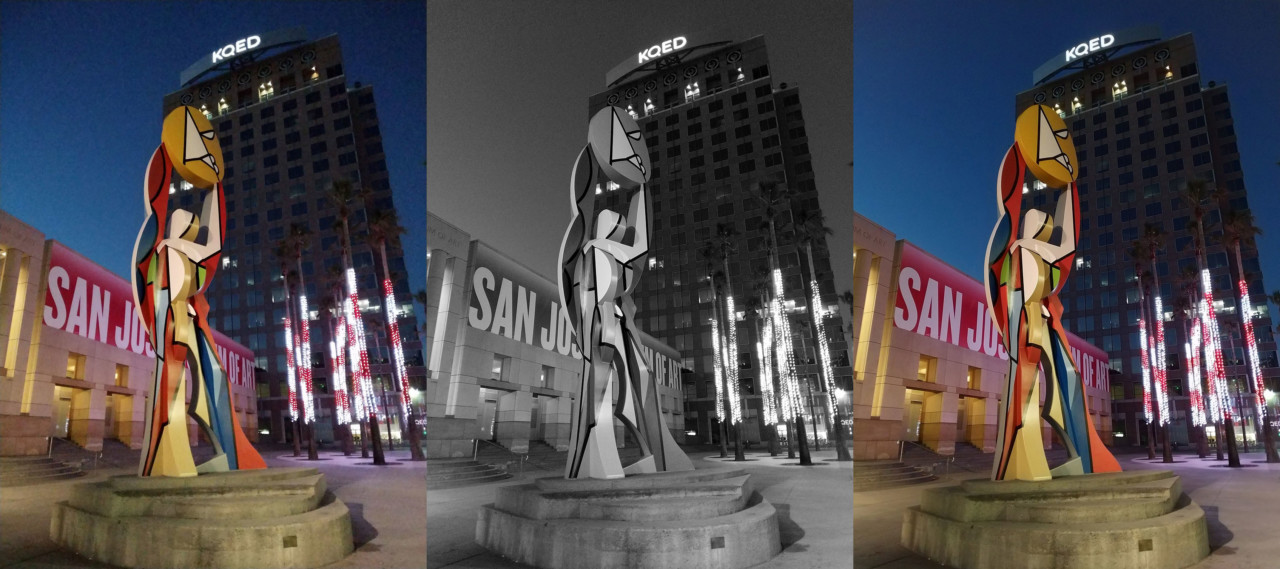
The above camera samples show amazing results that a smartphone camera can shoot at ISO 1800. This value is quite high for the Essential Phone’s small sensors. Ling has further said that, “our subjective tuning process began in January 2017, and during that time, we have gone through 15 major tuning iterations, along with countless smaller tuning patches and bug fixes. We have captured and reviewed more than 20,000 pictures and videos, and are adding more of them to our database every day. We’re almost there, but I’m not going to stop tuning the camera on our phone until the last possible minute to provide the best photographic experience possible.”

Here is another camera sample:
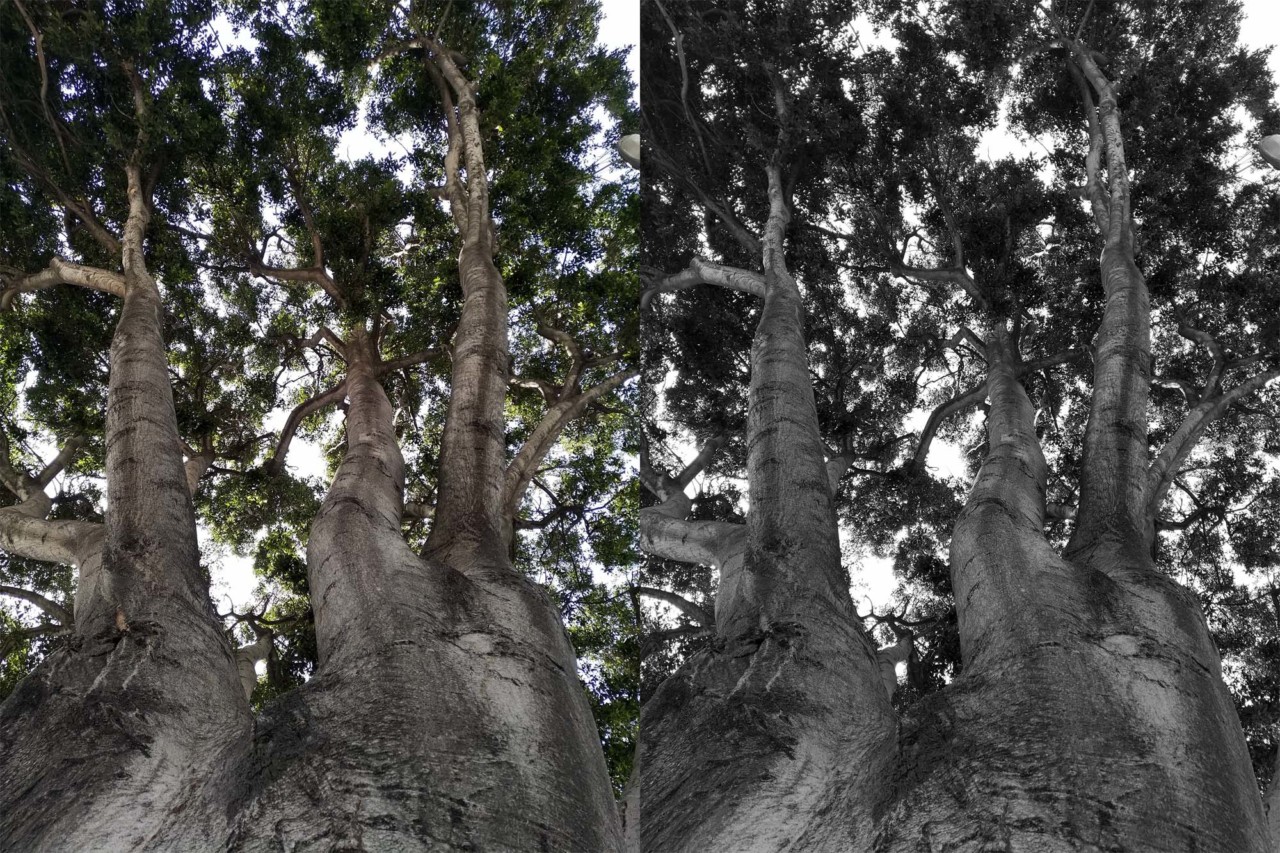
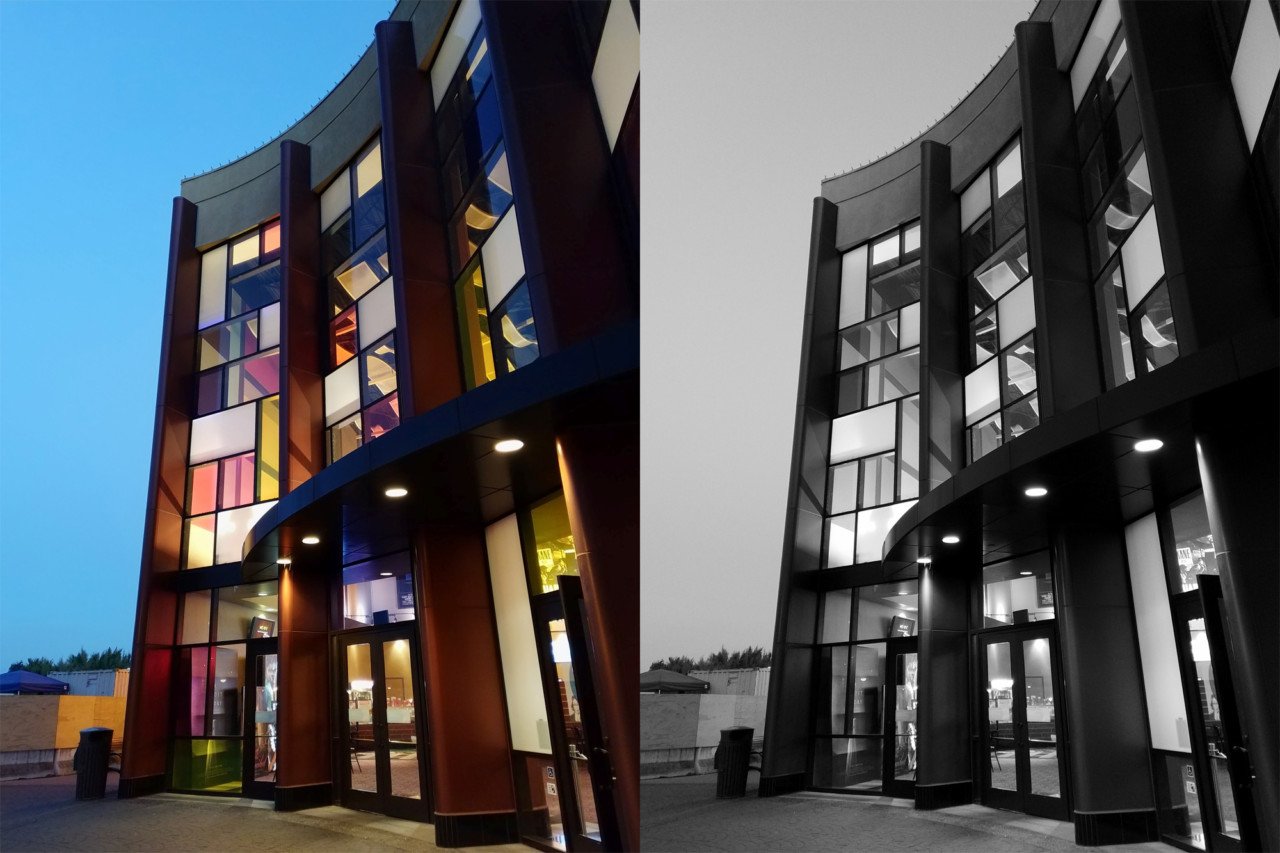
The camera samples appear are only for preview purpose and they appear quite impressive compared to the grainy shots that was revealed earlier. More of official information can be found on the Essential blog link in the source.





